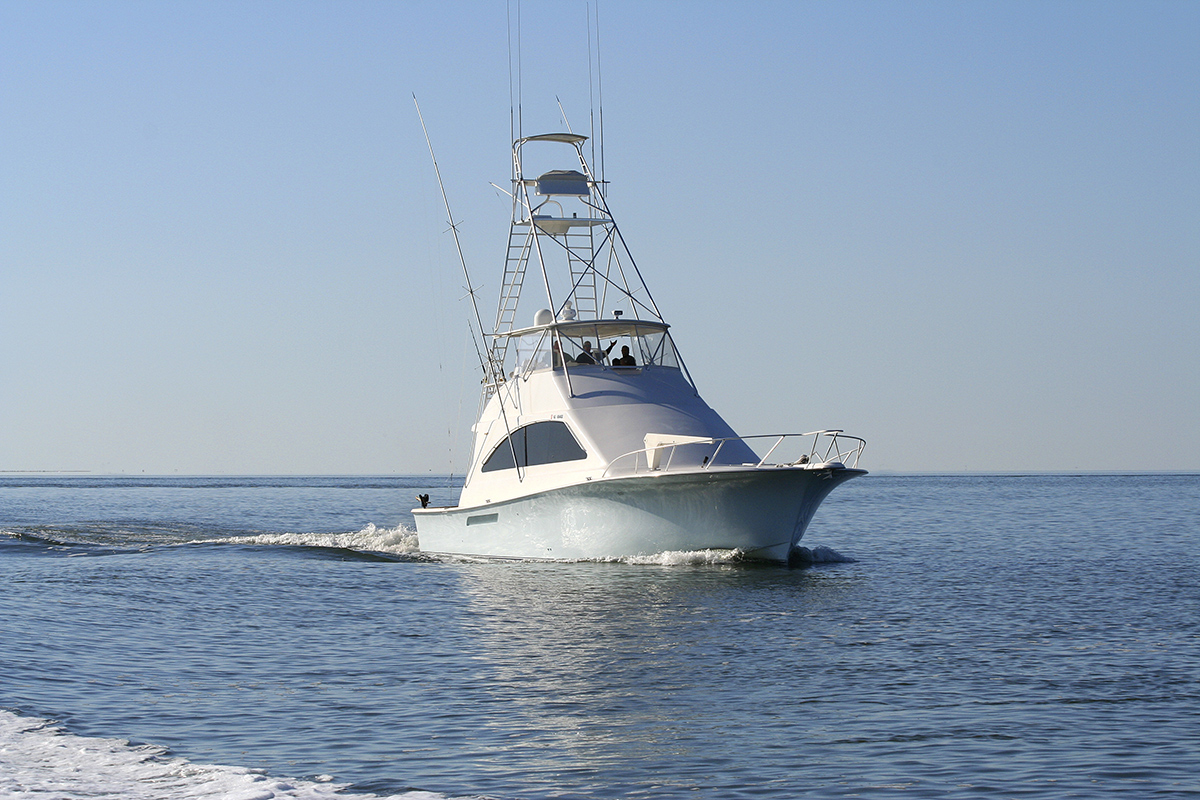1) Lay-up – does your policy have a layup noted in it? Not many do down here in the South, but it pays to check. If you do have a layup, make sure you aren’t intending to splash “during” your layup. That is, don’t splash early or you technically have no in-water coverage. For example, if your layup reads “ASHORE 11/1 to 4/1” then you cannot splash till 4/1, unless you call your agent and have that adjusted via endorsement. You do get a credit on the premium for laying ashore during winter, so they take those dates quite seriously.
2) Maintenance – clearly, you’re going to do some maintenance during spring commissioning. This is VERY important for your coverage, as “lack of maintenance” is a common exclusion in all marine policies. That is, if you fail to maintain your boat/engine, a claim resulting from such lack of maintenance may well be denied. Your engine, be it outboard or inboard, will have a manufacturer’s recommended maintenance schedule. My tip? FOLLOW IT. And keep those records! If you had a water pump fail, and burn up your powerhead, the first thing the adjustor asks is “How many hours ago did you have it changed?” If outside the recommended time for replacement, you might see a “lack of maintenance” denial. Rare, but if it’s clear you aren’t maintaining the boat/engine(s), it will be patently clear to the surveyor who comes to inspect your claim.
3) Navigation Needs – what are your navigation needs for the upcoming season/year, and does your current policy accommodate that? OR, alternatively, are you paying for “too much” navigation? Most small boat policies (under 26’ LOA) do not have navigation restrictions – they grant you “continental United States” and that’s that. Make sure you have inland AND coastal, if you are a coastal boater. Good example: adding Bahamas usually costs extra. So you pay for that, as you went last year after you bought the boat. This year, kids have summer camp, you’re adding on to your house, etc etc and you simply can’t make it to Bahamas this policy term. Why pay for it if you’re not going to use it? It can always be added back on (just remember to do so, if you change your mind and decide to go!).
4) Value – probably a good time of year to think about your vessel value. Most marine policies, at least on boats up to 15-20 yrs of age, are Agreed Value in nature, meaning no depreciation paid out for total loss. However, remember that you are paying premium “per $100 of value” of the vessel. Let’s say you paid $50,000 five years ago (or ten years ago). Is she still worth that? They’ll pay what she’s insured for, but you are also paying for that original value still. I recommend folks check their value every 5 yrs, and adjust their coverage accordingly – that way you’re not paying too much. The reverse is also true – if you have added major material items to your boat (new electronics package, new canvas, new t-top, etc), then you can increase her value to match that investment. Primary example is a repower – you just added $30,000 worth of outboards to your boat, sold the old ones for $10,000, so you have a net increase in value of $20,000. Probably should increase your value!
5) SURVEY – ah, the dreaded word. No spring commissioning primer would be complete without a note about surveys. Here’s the deal: ASK YOUR AGENT when your next survey is due. Usually not applicable to small boats (under 26’ LOA). If so, you can usually get away with a “photo self survey” and your agent will provide you such form to use. If you have a bigger boat, stay in touch with your agent so you don’t get caught coming out of the lift by an email noting “Hey, you have to have a survey to us within 2 weeks if you wish to renew your coverage.” We try to advise at least one year in advance so all our clients know way ahead of time, and can plan such survey around their annual haulout. No need to pay for haulout twice! Surveys are also important if you intend to shop your coverage, and your boat is over 10 yrs of age in saltwater. Nothing worse than coming off layup, into your slip, you renew in June and you get a big increase but you can’t shop cause your survey is “out of date” (surveys must be 1) hauled, 2) done by NAMS or SAMS surveyor, and 3) not more than 2 years old). Some exceptions to those rules, but you can rely on them for 90% of all marine insurance carriers.





Leave a reply